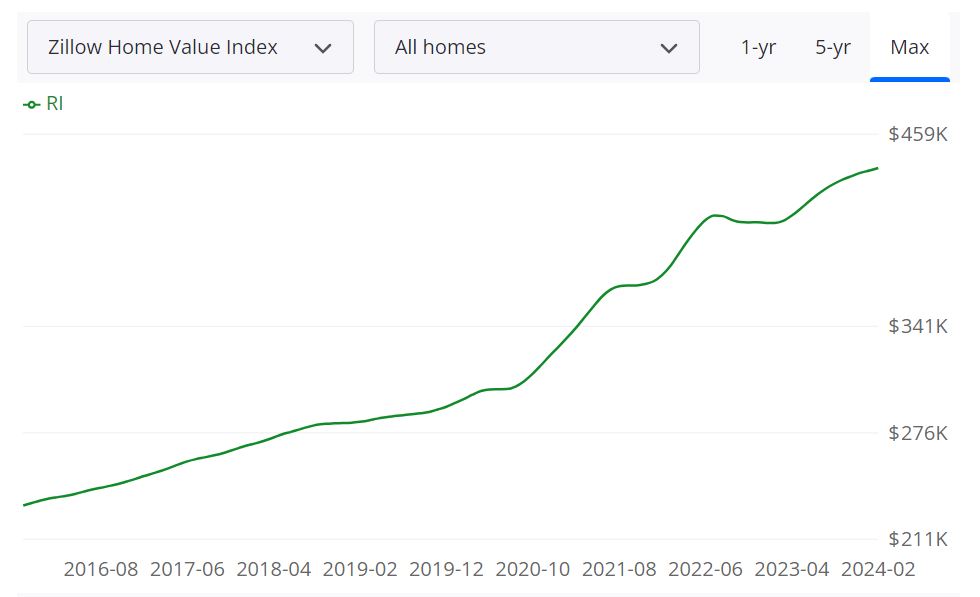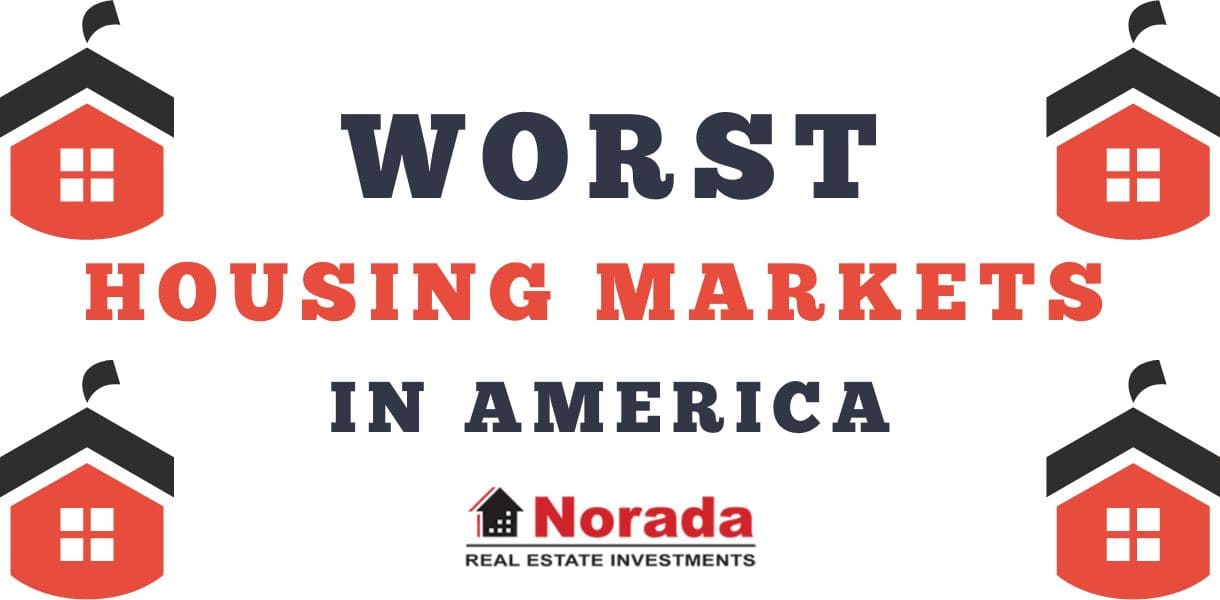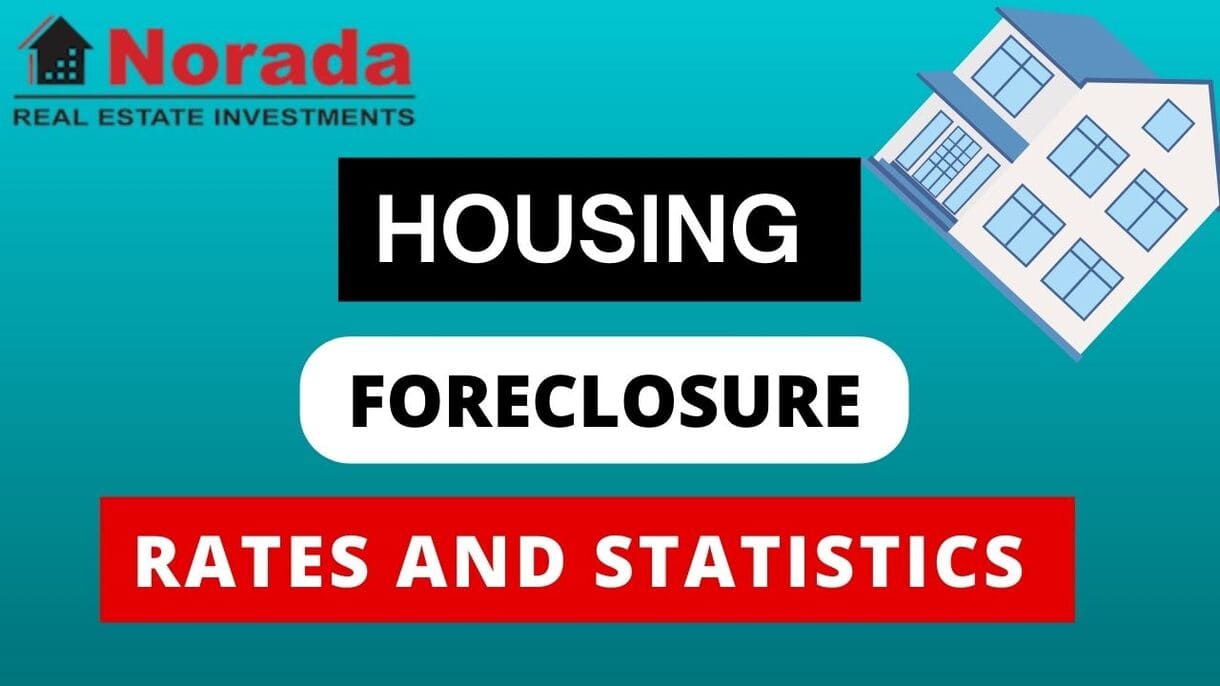Currently, the Rhode Island housing market unmistakably tilts in favor of sellers. The persistent shortage of inventory, coupled with heightened demand, has created a fiercely competitive environment where sellers hold considerable leverage. With limited options available to buyers and prices on the rise, navigating this sellers' market requires strategic planning and swift decision-making.
How is the Rhode Island housing market doing in 2024?
The housing market in Rhode Island is showing signs of resilience and adaptability, marked by a blend of challenges and opportunities as we progress through 2024. According to recent reports from the Rhode Island Association of Realtors, the landscape has experienced notable shifts, with both single-family homes and condominiums demonstrating intriguing trends.
Single-Family Homes: Sales Surge Amidst Supply Shortages
In February, Rhode Island witnessed a noteworthy uptick in single-family home sales, marking the first year-over-year increase in over two years. This surge, amounting to a 13% rise from the previous February, coincided with a favorable drop in mortgage rates, enticing prospective buyers into the market. However, despite this surge in sales, closing activities remained subdued, lingering below the usual benchmarks.
While the increase in sales is a positive indicator, it's essential to note the concurrent 13.4% drop in pending sales. This decline, reflective of contracts initiated but not closed before February 29th, hints at potential challenges ahead. Furthermore, the market saw a 4.9% decrease in listings compared to the previous year, exacerbating the existing inventory shortage.
The persistent shortage of inventory continues to exert upward pressure on prices. The median price of single-family homes soared to $440,000, representing a substantial 14.6% increase from February 2023. Such robust price growth underscores the prevailing strength of the sellers' market, perpetuated by the limited supply of available homes.
Condominiums: A Haven for First-Time Homebuyers
In tandem with the surge in single-family home sales, condominium sales also experienced a notable resurgence. Compared to the preceding year, condominium sales surged by a staggering 38.9%, signaling a shift in buyer preferences amidst evolving market dynamics.
A 4.5% increase in pending sales suggests sustained positive momentum in the condominium market, poised to endure for the coming months. Despite a 13% rise in listings, the heightened sales activity has significantly depleted inventory, with less than a month's supply available—a clear indication of a critically low supply situation.
First-time homebuyers, drawn by the allure of affordability and homeownership, are increasingly turning to condominiums as a viable alternative. With a median price $112,000 lower than that of single-family homes, condominiums offer an entry point into the real estate market, coupled with recent drops in interest rates, facilitating easier access to homeownership.
Multifamily Homes: Rising Demand Amidst Supply Challenges
The realm of multifamily homes has witnessed a surge in demand, fueled by the burgeoning popularity of rental investments and multigenerational housing. Sales of multifamily properties surged by 7%, accompanied by a remarkable 15.6% increase in median price.
Despite the relatively higher supply of multifamily homes compared to single-family homes and condominiums, competition remains fierce. Investor buyers, often well-financed, vie for available properties, driving prices upwards. In February, the median price of multifamily homes reached $520,000, reflecting the intense competition within this segment of the market.
Addressing the Housing Shortage: While the recent uptick in sales across various segments of the Rhode Island housing market is undoubtedly promising, the overarching challenge remains the acute shortage of housing stock. The Rhode Island Association of Realtors underscores the pressing need to address this issue, advocating for collaborative efforts between state leaders and housing advocates.
Rhode Island Housing Market Forecast for 2024 and 2025
According to Zillow, the Rhode Island housing market continues to show resilience and growth, with the average home value standing at $438,711, marking an increase of 8.3% over the past year. This upward trend is further reflected in the swift movement of properties to pending status, typically taking around 15 days. Delving deeper into the housing metrics provides valuable insights into the state of the market.
Key Housing Metrics Explained
With 1,385 properties listed for sale as of February 29, 2024, and 503 new listings in the same period, the inventory remains somewhat constrained, contributing to the competitive nature of the market. The median sale to list ratio, which stood at 1.000 as of January 31, 2024, indicates a balanced relationship between sale and list prices. Speaking of prices, the median sale price was recorded at $393,300, slightly below the median list price of $446,600 as of February 29, 2024. Interestingly, 46.7% of sales were above list price, while 39.2% were below list price as of January 31, 2024, indicating varying negotiation dynamics within the market.
Providence MSA Housing Market Forecast
Zooming into the Providence Metropolitan Statistical Area (MSA), the forecast paints a promising picture of continued growth. The MSA, encompassing Providence, RI, is a vital economic and residential hub within the state. With a projected increase in home values of 0.4% by March 31, 2024, followed by increments of 1.1% by May 31, 2024, and 1.7% by February 28, 2025, the region demonstrates resilience and attractiveness to potential buyers and investors alike.
Spanning multiple counties, including Providence County, the MSA boasts a diverse housing market catering to a wide range of preferences and budgets. Its significance is underscored by its sizable population and economic activity, making it a focal point for real estate developers, agents, and stakeholders.
The Providence MSA's housing market, characterized by its affordability and diversity, offers opportunities for both buyers and sellers. As the region continues to grow and evolve, its housing market remains a key indicator of economic vitality and community development.
Are Home Prices Dropping in Rhode Island?
Despite fluctuations in the housing market, there is currently no indication of widespread price drops in Rhode Island. The steady increase in average home values over the past year suggests a resilient market, with prices holding relatively firm. However, localized factors and economic shifts can influence pricing dynamics, warranting careful monitoring.
Will the Rhode Island Housing Market Crash?
While predictions of a housing market crash can evoke concern, there is no definitive indication of such an event occurring in Rhode Island at present. The market's stability, coupled with ongoing demand, suggests a degree of resilience that mitigates the likelihood of a sudden crash. However, external factors such as economic downturns or significant regulatory changes could impact market dynamics.
Is Now a Good Time to Buy a House in Rhode Island?
Assessing whether now is a favorable time to buy a house in Rhode Island depends on individual circumstances and long-term goals. While the market favors sellers, low mortgage rates as compared to last year and potential investment opportunities may still make it an attractive time for buyers. However, prospective buyers should conduct thorough research, consider their financial readiness, and consult with real estate professionals to make informed decisions.

References:
- https://www.zillow.com/home-values/50/ri/
- https://www.rirealtors.org/




